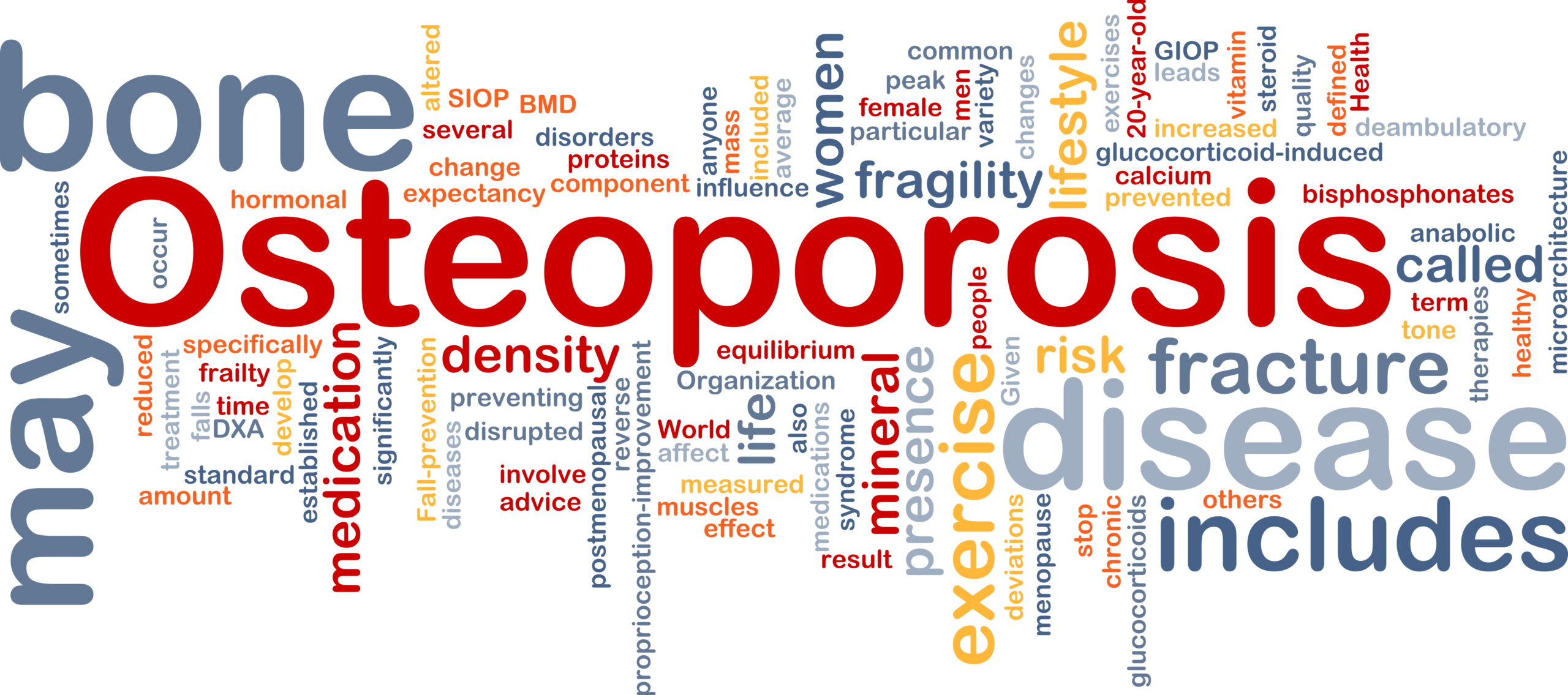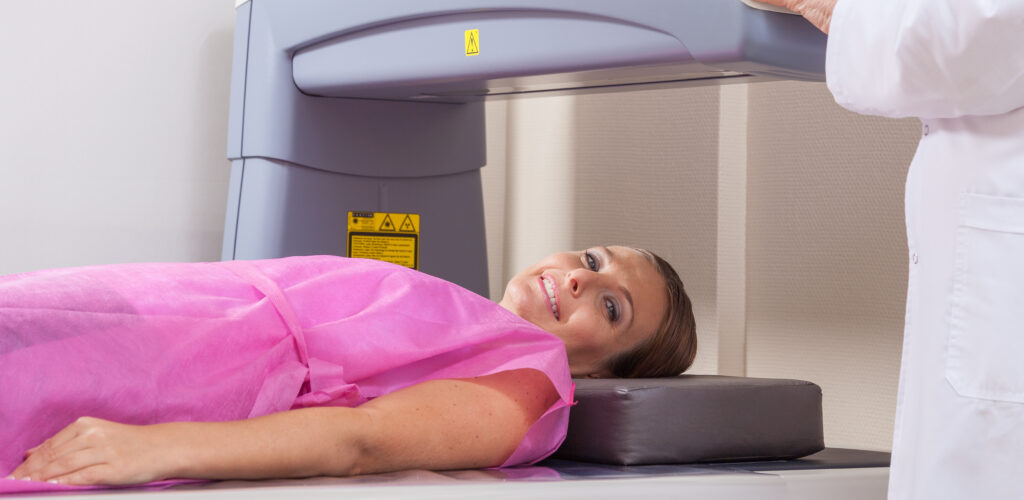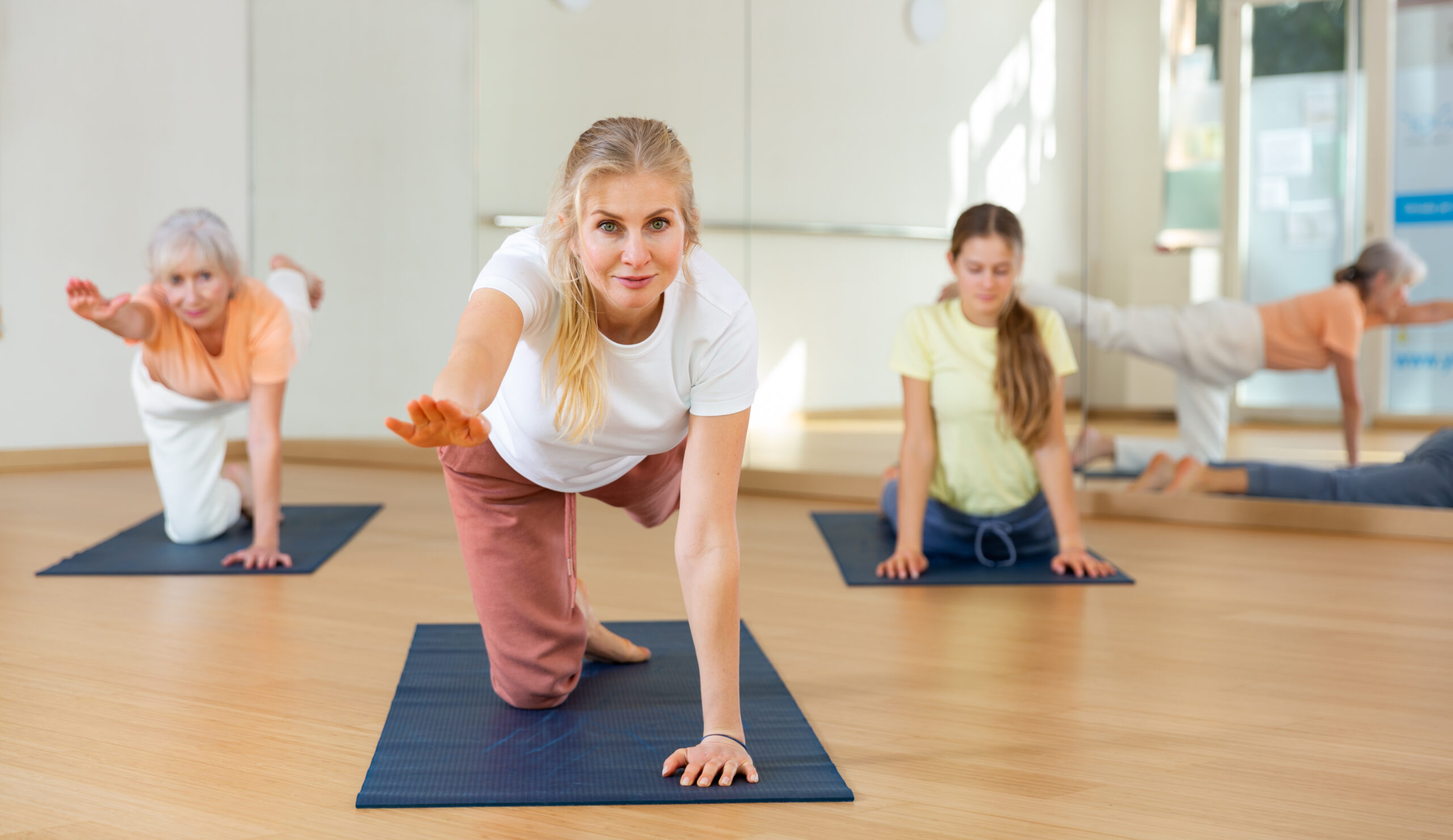
Osteoporosis is a condition in which a person’s bones lose density and fracture easily. It can affect anyone; if you have bones, you could develop osteoporosis during your lifetime. However, some people are more at risk than others. Lifestyle factors, genetics, age, and more play a role in your risk of developing osteoporosis.
Holistic and conventional medicine both offer many treatment options to increase bone density and prevent further bone loss. However, these interventions do not completely cure osteoporosis, and patients must continue treatment for their lifetimes. That’s why prevention is the best medicine for your bones.
By understanding your risk of developing osteoporosis, you can take steps to prevent the disease now.
Lifestyle Factors That Put You At Risk for Osteoporosis
Several behaviors can make you more likely to develop osteoporosis as you age. Consuming alcohol, caffeine, or nicotine can increase your risk significantly. While a cup of coffee each morning probably won’t cause osteoporosis, your risk does increase when you consume these substances.

Diet also plays a large role in your bone health. It’s important to get your recommended daily dose of calcium and Vitamin D every day. Any diet that is low in those nutrients puts you at risk for osteoporosis.
Genetic Risk Factors for Osteoporosis
Scientists have not identified specific genes that cause osteoporosis. However, there is a strong genetic link associated with the disease. In other words, if someone in your biological family lives with osteoporosis, you are more likely to develop the disease than someone who has no relatives with osteoporosis.
Generally, the closer you are related to the person with osteoporosis, the higher your risk is. For example, if your twin develops the disease, you are at the highest risk. Having siblings or parents with osteoporosis also means you are at a high risk. However, aunts, cousins, grandparents, and others represent a smaller (but still significant) risk.
It’s important to get your recommended daily dose of calcium and Vitamin D every day.
Age and Gender as Risk Factors for Osteoporosis

About half of all people in the United States who are over the age of 50 years live with osteoporosis. Many other people in this age range have osteopenia, which is significant bone loss that can lead to osteoporosis. Age is such a major risk factor, that doctors recommend all people over the age of 65 get bone density scans. If you have other risk factors, you may need to get these tests starting at the age of 50.
Women are at a significantly higher risk of osteoporosis than men. In fact, the disease is four times more common in women than in men.
Medical History and Osteoporosis Risk
Living with certain conditions can make it more likely that you will lose bone density. Any disorder that makes it difficult to absorb enough nutrients can increase your risk for osteoporosis, including eating disorders and Celiac disease. You may also be at risk if you live with:
- Immobility, particularly after a stroke
- Rhuematoid arthritis
- Chronic hepatitis C
- Hyperthyroidism
- Parahyperthyroidism
- Osteopenia
Certain medications can increase your risk as well, including:
- Heparin
- Phenytoin (Dilantin)
- Phenobarbital
- Long-term use of steroids
Remember that your healthcare provider will not prescribe any of these medications if they believe the risks outweigh the benefits. Talk to your doctor if you have concerns about your prescribed medications.
What To Do If Your Osteoporosis Risk is High
If reading this list of risks scares you, take a deep breath. You can take steps to be safer. Even if you already live with osteopenia or osteoporosis, you can take control and keep yourself safe.
First and foremost, talk to a trusted healthcare provider. They can talk to you about your options and give you advice on how to lower your risk. Next, mitigate any of the risks that you have control over. For example, make sure you’re getting the right nutrition. If you smoke, try quitting. Lower your alcohol and caffeine consumption, or stop them altogether if you can.
Finally, get the right kind of exercise. Not all exercise is equal when it comes to preventing bone loss. It’s important to work on balance, coordination, and muscle strength during your workouts. If you’re ready to introduce all of this into your routine, check out the Bone Builder System. This unique series uses yoga to help you build stronger bones and muscles.





